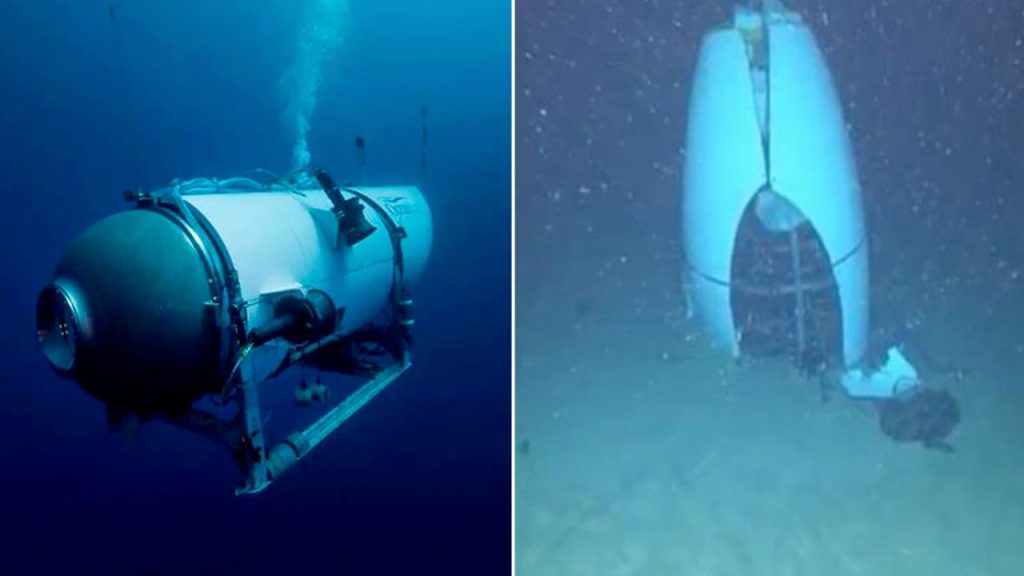Stockton Rush, the OceanGate co-founder and CEO responsible for the failed Titan submersible, claimed that the carbon fiber hull of the vessel was developed with the assistance of NASA and aerospace manufacturers. However, NASA officials have stated that they had minimal involvement in the process, contrary to Rush’s assertions. In addition, a Boeing official stated that recommendations made by the aerospace manufacturer were ignored during the development of the Titan. Justin Jackson, a materials engineer for NASA, explained that the agency had intended to participate in building and testing the carbon fiber hull, but the onset of the COVID-19 pandemic hindered their involvement.
Despite Rush’s claims of collaboration with NASA, the agency had only consulted with OceanGate on a one-third scale mock-up of the Titan, not the actual submersible that ultimately imploded with Rush and four others on board while descending to the Titanic wreckage in June 2023. A hearing conducted by the Coast Guard Marine Board of Investigation shed light on the relationship between NASA and OceanGate, revealing that NASA was reluctant to have its name associated with Rush’s company due to concerns about potential endorsement. The investigation aims to uncover the reasons behind the implosion of the Titan under the surface off the coast of Newfoundland, Canada, prompting scrutiny of the vessel’s design and regulatory approval process.
Boeing was reportedly involved in an initial feasibility study regarding the use of carbon fiber for the Titan’s hull and OceanGate’s acoustic sensors on the vessel. Mark Negley, a material and process engineer at Boeing, disclosed that OceanGate disregarded recommendations regarding hull thickness and the orientation of carbon fiber layers, which would have enhanced strength. Coast Guard officials emphasized that the vessel had not undergone independent review before its ill-fated voyage to the ocean floor, raising questions about adherence to standard practices and safety protocols within the undersea exploration community.
During the MBI hearing, Coast Guard Marine Inspector John Winters testified that Rush opposed regulations that he believed stifled innovation, yet he did not attempt to circumvent any regulations established by the Coast Guard. Winters admitted that he was unaware of Titan’s construction or whether OceanGate had notified or sought guidance from the Coast Guard. Witness testimonies have highlighted the lack of clarity surrounding the standards to which the submarine was built and the absence of communication between OceanGate and regulatory authorities regarding the vessel’s capabilities.
The ongoing MBI investigation, considered the highest level of marine casualty inquiry undertaken by the Coast Guard, is continuing with the expectation of additional witnesses providing insight into the events leading up to the Titan’s implosion. Following the conclusion of the probe, recommendations will be forwarded to the Coast Guard’s commandant for further action. Meanwhile, the National Transportation Safety Board is conducting its inquiry to ascertain the factors contributing to the submersible’s catastrophic failure. The collaborative efforts of federal agencies and industry experts aim to address the safety concerns raised by the Titan submersible incident and prevent similar tragedies in the future.


